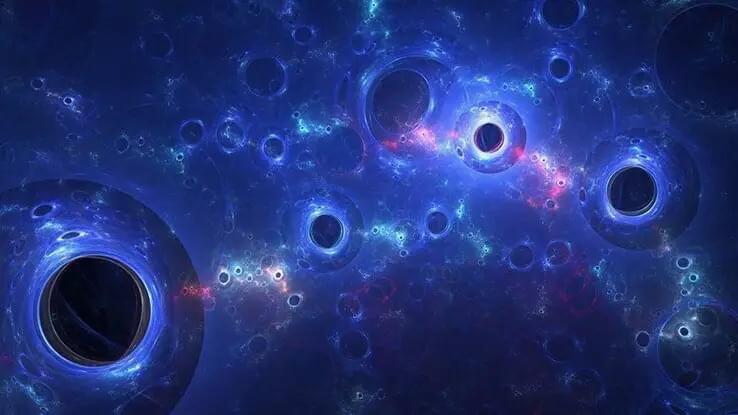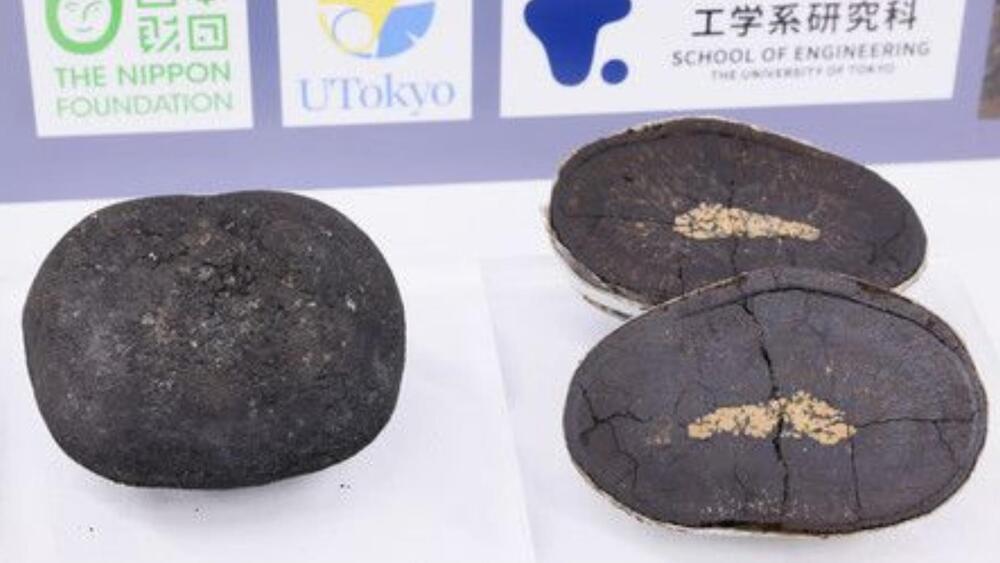New studies suggest the Nancy Grace Roman Space Telescope could detect primordial black holes from the early universe, potentially confirming their role in cosmic inflation and as components of dark matter.
When astrophysicists observe the cosmos, they see different types of black holes. They range from gargantuan supermassive black holes with billions of solar masses to difficult-to-find intermediate-mass black holes (IMBHs) all the way down to smaller stellar-mass black holes.
But there may be another class of these objects: primordial black holes (PBHs) that formed in the very early Universe. If they exist, the Nancy Grace Roman Space Telescope should be able to spot them.




